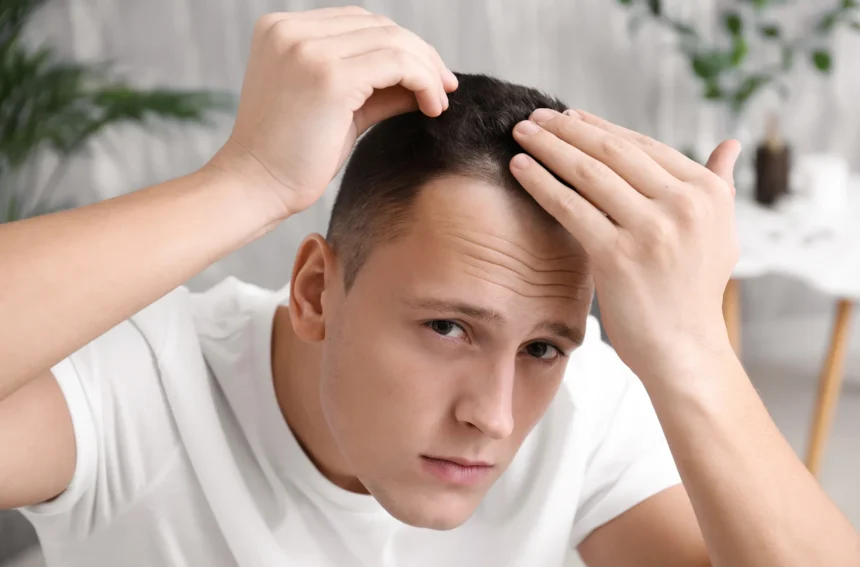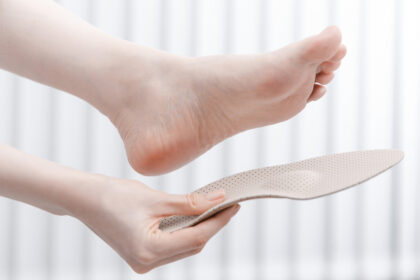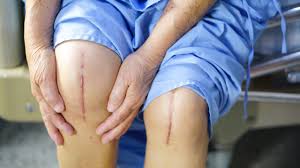Preparing for a hair restoration procedure is a part of the process that contributes significantly to the final outcome. Taking deliberate and informed steps before your treatment can help the process go as smooth and effective as possible. This preparation involves understanding your choices, seeking professional guidance, caring for your scalp, and adhering to specific pre-procedural instructions. Each step is designed to optimize your body and scalp for the upcoming treatment.
Understand Your Options
Preparing for hair restoration starts with understanding the available treatment options. Here’s a breakdown of both surgical and non-surgical approaches to help guide your decision:
- Surgical Options:
- Follicular Unit Transplantation (FUT): Involves transplanting hair follicles from one area of the scalp to another.
- Follicular Unit Extraction (FUE): A less invasive method of follicle transplantation.
- Non-Surgical Options
- Topical Treatments: Products applied directly to the scalp to promote hair growth.
- Oral Medications: Pills designed to address hair loss internally.
- Platelet-Rich Plasma (PRP) Injections: Uses components of your own blood to stimulate hair growth.
Understanding how these methods work and their potential results will help you set realistic expectations and choose the option that aligns with your goals.
Consult a Specialist
After your initial research, the next step is to consult a qualified specialist. A professional consultation provides a personalized evaluation of your hair loss type, cause, and scalp condition. The specialist will assess your hair density, donor area quality, and overall health to recommend the best course of action. This meeting also allows you to ask questions, review before-and-after photos, and understand potential results. Their guidance is key to creating a treatment plan tailored to your needs and aesthetic goals.
Prepare Your Scalp
Proper scalp preparation is beneficial for the success of any hair restoration procedure. A healthy scalp creates the ideal environment for transplanted follicles to thrive or for other treatments to be effective. Your specialist will likely provide specific instructions, such as using a recommended shampoo to keep the area clean and free of product buildup.
It’s also helpful to avoid harsh chemical treatments, like dyeing or perming your hair, in the weeks leading up to your procedure. These can cause irritation and negatively impact the results of your treatment. Spending the extra time preparing your scalp can help keep your scalp in the best possible condition befire the procedure.
Follow Pre-Op Guidance
Adhering strictly to all pre-operative instructions is the final and perhaps most beneficial preparatory step. Your specialist will provide a detailed list of guidelines to follow in the days or weeks before your procedure. These instructions are designed to make sure your body is in the best possible condition for treatment and to minimize any risks. Common pre-operative guidance includes stopping certain medications or supplements that can affect blood clotting. As well as avoiding alcohol and smoking, and arranging for transportation and post-procedure care.
Start Your Hair Restoration Journey
Thorough preparation is a proactive step that can set you up for success on your hair restoration journey. By understanding your options, consulting an expert, preparing your scalp, and following pre-operative guidelines, you create a strong foundation for a positive outcome. These four steps are key to approaching the process with confidence and clarity. If you’re looking into hair restoration, take the first step toward achieving your goals. Contact a specialist to schedule a consultation and explore your options.









